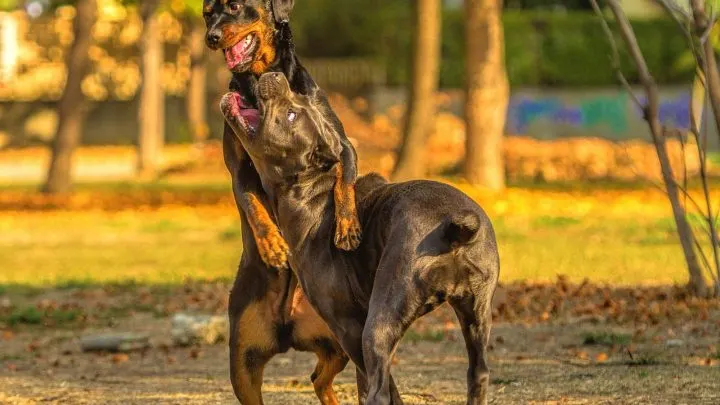
If your dog displays signs of aggression, you may want to understand its cause. There are several types of dog aggression, including inter-dog aggression, possession aggression, and control-related aggression. Learn more about the causes of dog aggression and how to combat it. A professional dog trainer can also help you with your pet’s behavior.
Inter-dog aggression
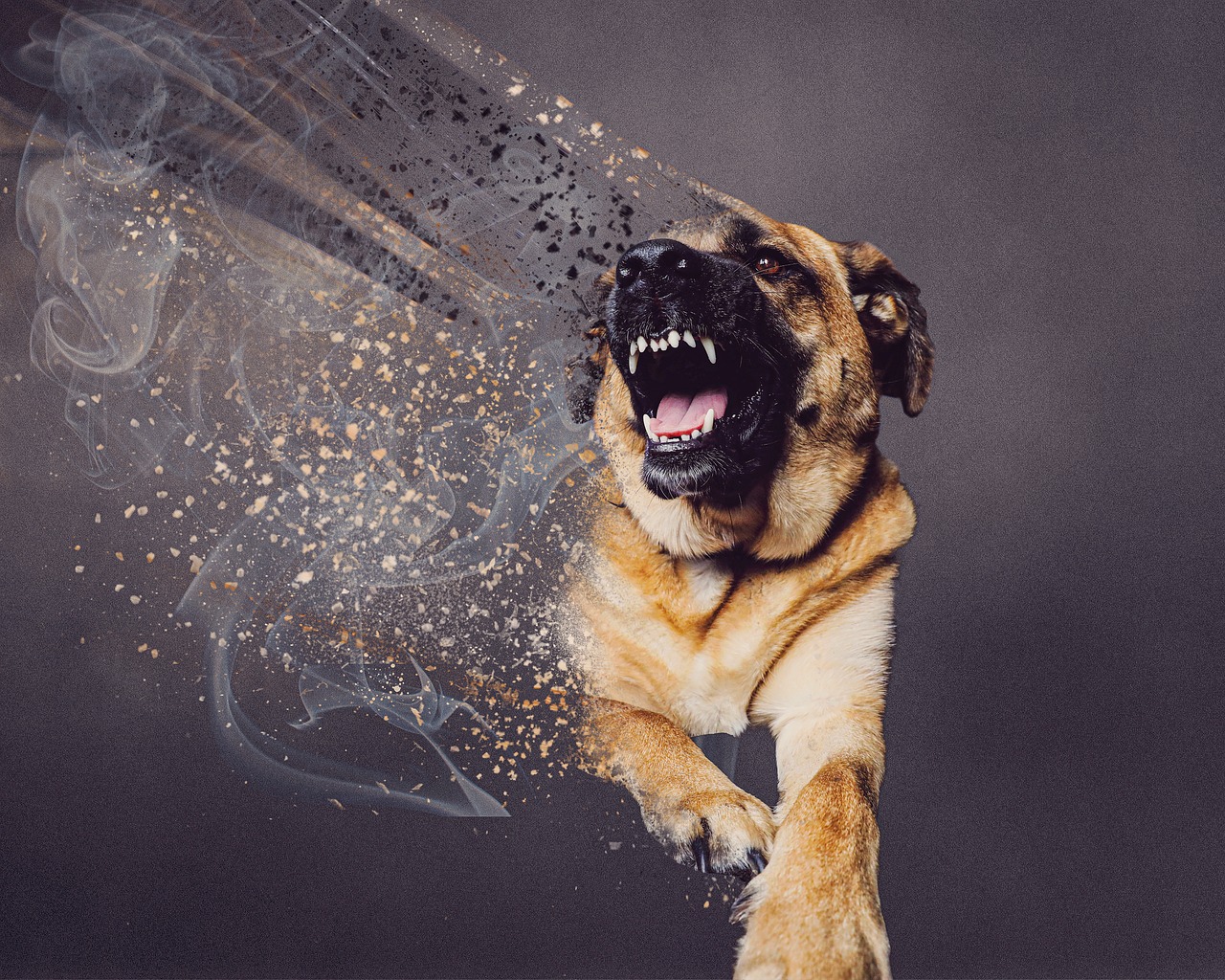
Although no single cause exists for inter-dog aggression, treatment focuses on controlling the situation. Dog owners must learn to avoid situations that foster aggressive behavior and to break up fights quickly and safely. They must also keep their dogs under constant supervision. They may even want to train their dog to wear protective gear when near potentially aggressive situations.
There are no specific medications for canine aggression toward humans, but a wide range of behavioral medications are effective in managing anxiety and hyperexcitability in dogs. Some of these medications include Prozac, Xanax, acepromazine, and gabapentin.
Some dogs may be naturally aggressive, while others may not have good socialization. A lack of socialization as a puppy could also contribute to aggression. Other dogs may have a phobia or social anxiety. A lack of training can also contribute to aggression. About 50 percent of dogs with aggressive tendencies have separation anxiety or a phobia. These can cause them to use aggressive behavior to gain control of uncertain situations.
Identifying the aggressor is essential in combating inter-dog aggression. The problem may be difficult to isolate within a household, but it is crucial to separate the dogs. If possible, confine the aggressor to a less desirable area such as a heated basement. The other dogs should remain free to socialize and be around one another.
In some cases, medication is necessary. While it may not permanently cure your dog, it can help your dog overcome his fear. Medications are usually temporary.
Possession aggression
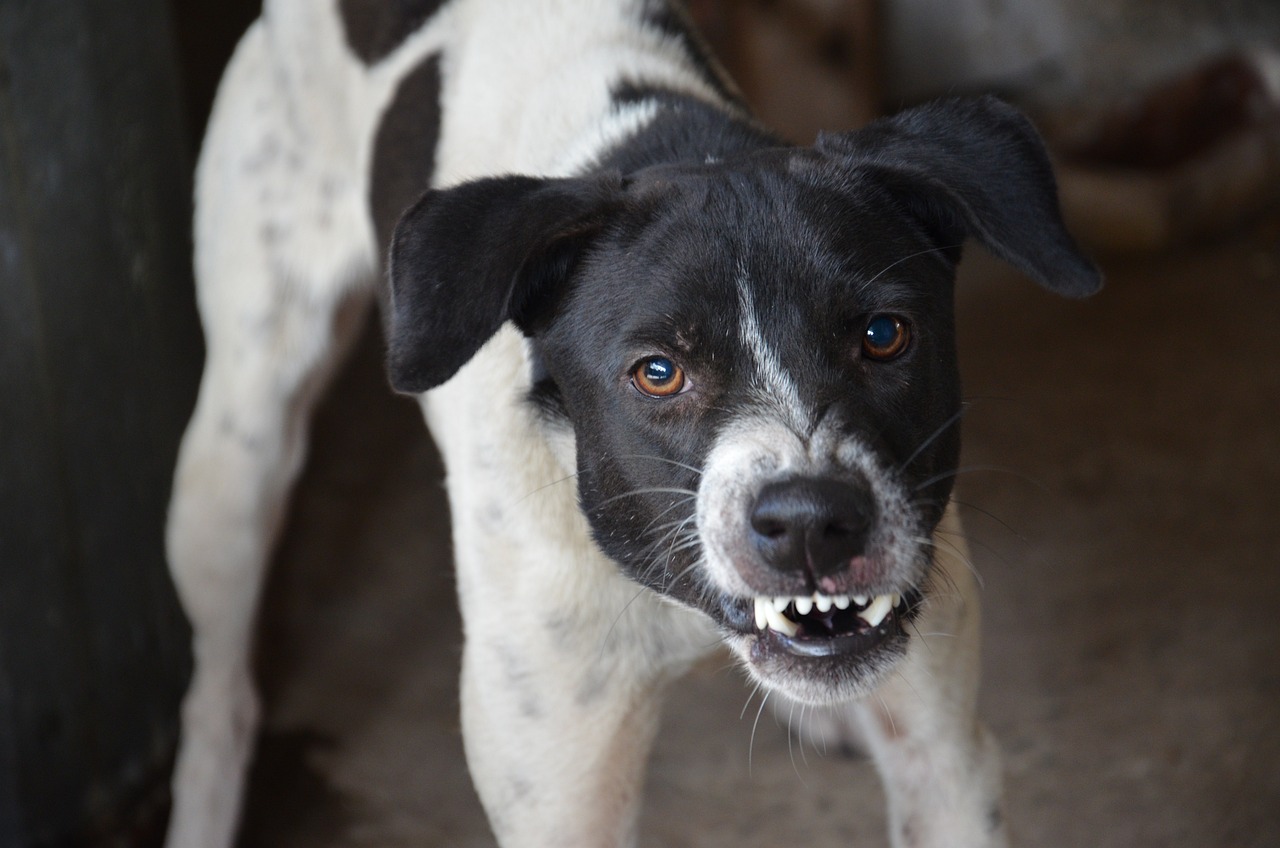
Possession aggression is a serious issue for dog owners and is difficult to correct. It occurs when a dog tries to guard a highly desirable object, like a toy. The best way to combat this aggressive behavior is to understand the behavior and its cause. If your dog is possessive over a particular object, you can try to remove it from your home and find an alternative for your pet.
Possession aggression is an extremely difficult issue to solve, and requires patience and the right techniques. For example, you should never forcefully remove an object from your dog. Not only is it unsafe for you, but it also shows your dog that it has no reason to guard the object, cementing its fears.
Another way to combat possessive aggression is to prevent it from occurring in the first place. While some breeds are more prone to possessive behavior than others, any dog can exhibit this problem. Therefore, it is imperative to begin preventing possession aggression in your puppy from the very beginning. Start by avoiding situations where the puppy can guard its food. You can also avoid overfeeding your puppy to prevent it from developing excessive aggression.
Possession aggression can also be seen in shelter dogs. Dogs in shelters may view other dogs as competitors, and therefore, will be very possessive. When a dog is possessive, it will likely hunch over an object and display its teeth. It will also growl and stiffen up if provoked. Preventing possession aggression is much easier than correcting it. Managing the environment in which your dog lives is also essential.
Control-related aggression
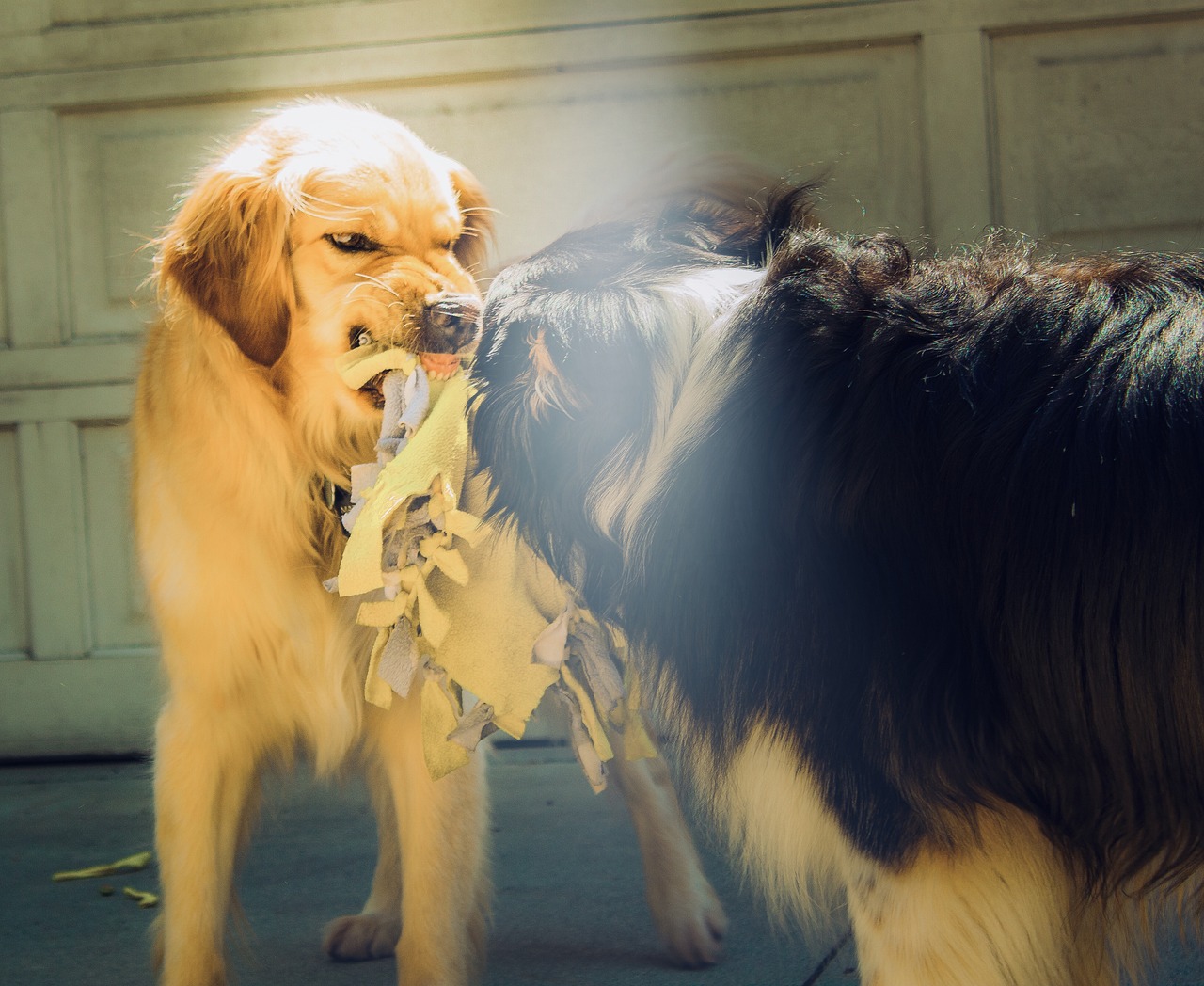
If you’re worried about your dog’s behavior, here are a few things you can do. The first step is to understand what is causing your dog’s aggression. Generally, it’s a symptom of a larger problem. In such cases, early intervention is crucial.
Aggression is a serious issue that can affect both you and your dog. It isn’t curable, but it can be controlled. The best way to do this is to provide a predictable routine and avoidance of the triggers that trigger the behavior. It’s also a good idea to avoid confrontations with aggressive dogs or limit their exposure to these situations as much as possible. However, some cases of aggression may be too complex for you to resolve on your own, and you may have to seek professional help.
Aggression is a sign that your dog is fearful of certain people or things. The dog’s fear or anxiety makes it difficult for him to assess situations and decide whether to respond defensively. The treatment for this problem must include improving the dog’s social skills and reducing anxiety.
The first step is to determine the cause of the aggression. Some dogs show aggressive behaviors when they’re injured or hurt. Other dogs become aggressive when competing for attention with another animal. Having your dog spayed can help avoid sex-related aggression. Other types of aggression may be directed toward inanimate objects, other animals, or even other dogs. Dogs may also display aggressive behavior when they’re playing chase games.
Aggression may also be a result of fear or social status. If your dog is acting aggressively towards another dog, he may be fearful of retaliation, as a way to protect the resource that he is accustomed to. Attempting to avoid confrontations will often result in a successful outcome.
Genetic factors
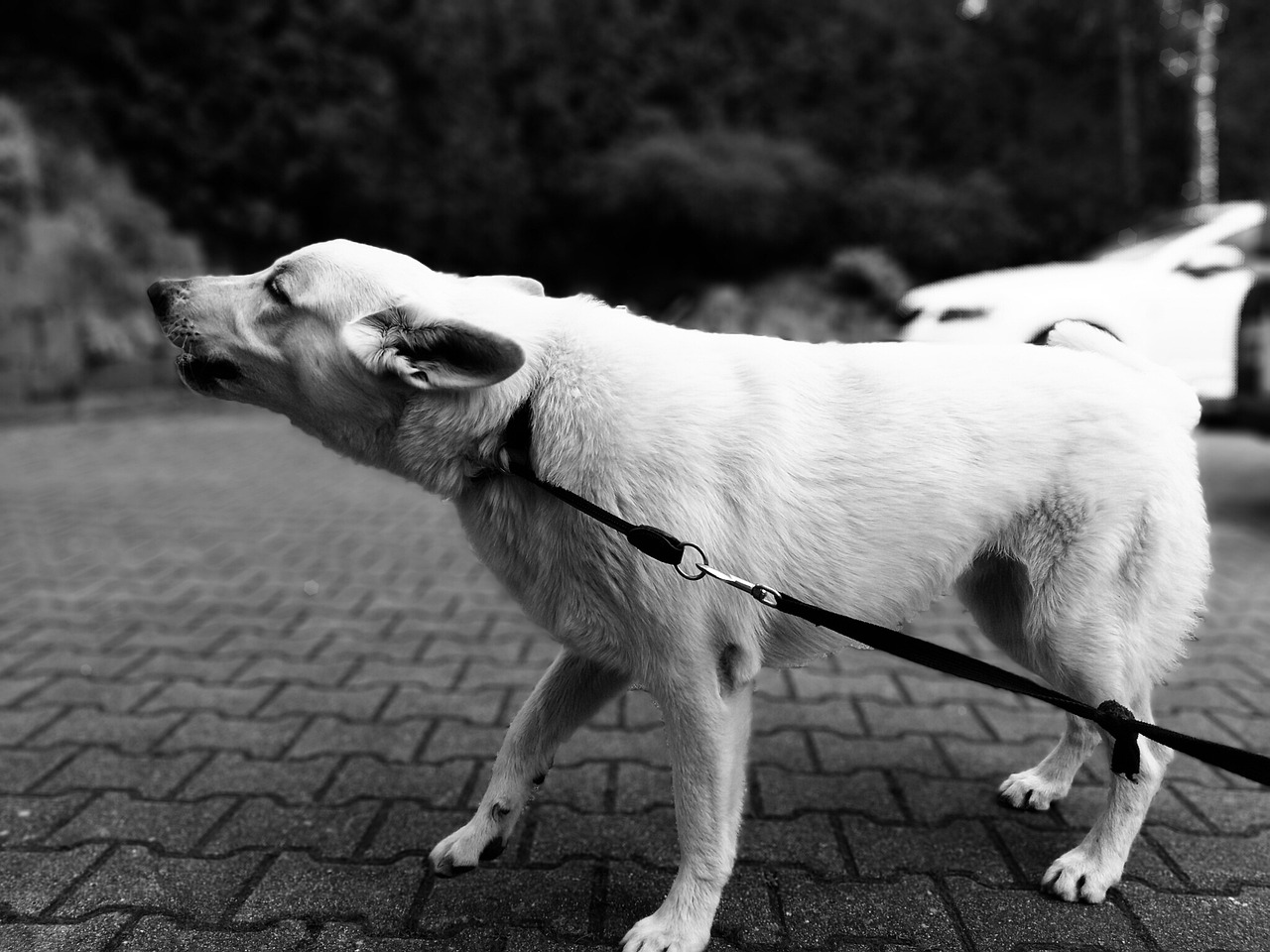
Research conducted at Nationwide Children’s Hospital has found that dogs may be genetically predisposed to aggression. However, the study did not look at the common occurrence of aggression in all dog breeds. Rather, it looked at aggression directed toward familiar dogs versus unfamiliar dogs. The research revealed that twelve genes are associated with aggressive behavior in dogs.
The gene IGSF1 has been implicated in canine aggression and fear. The gene’s expression levels and expression level are strongly correlated, and mutations in this gene are associated with a high level of aggression and fear. Similarly, most breeds contain an allele that protects against fear and aggression, although the sociability allele is also important.
In humans, the association between genes and behavior has been studied extensively. In fact, a number of human traits are also associated with aggression. For instance, some dogs have a genetic association with episodic aggression, while others display unpredictable aggression. Genetics may not account for all of the complex traits that are associated with aggression, but they can contribute to phenotypic adaptation.
In addition to inherited traits, genetics has also been linked to small and medium-sized dogs. Small-sized dogs are more likely to exhibit aggressive behavior than large-sized dogs. Small-sized dogs also tend to be more prone to fearful behavior. Breeding smaller dogs will reduce the risk of them exhibiting aggressive behavior. Breeding dogs from non-fearful dogs will also reduce the incidence of aggression.
Genetic analysis has also shown that there is a significant association between genes associated with fear and aggression. These genes are found in the chrX and chr18 loci. These two regions are connected in the brain and are associated with fear and aggression.
Intra-household aggression
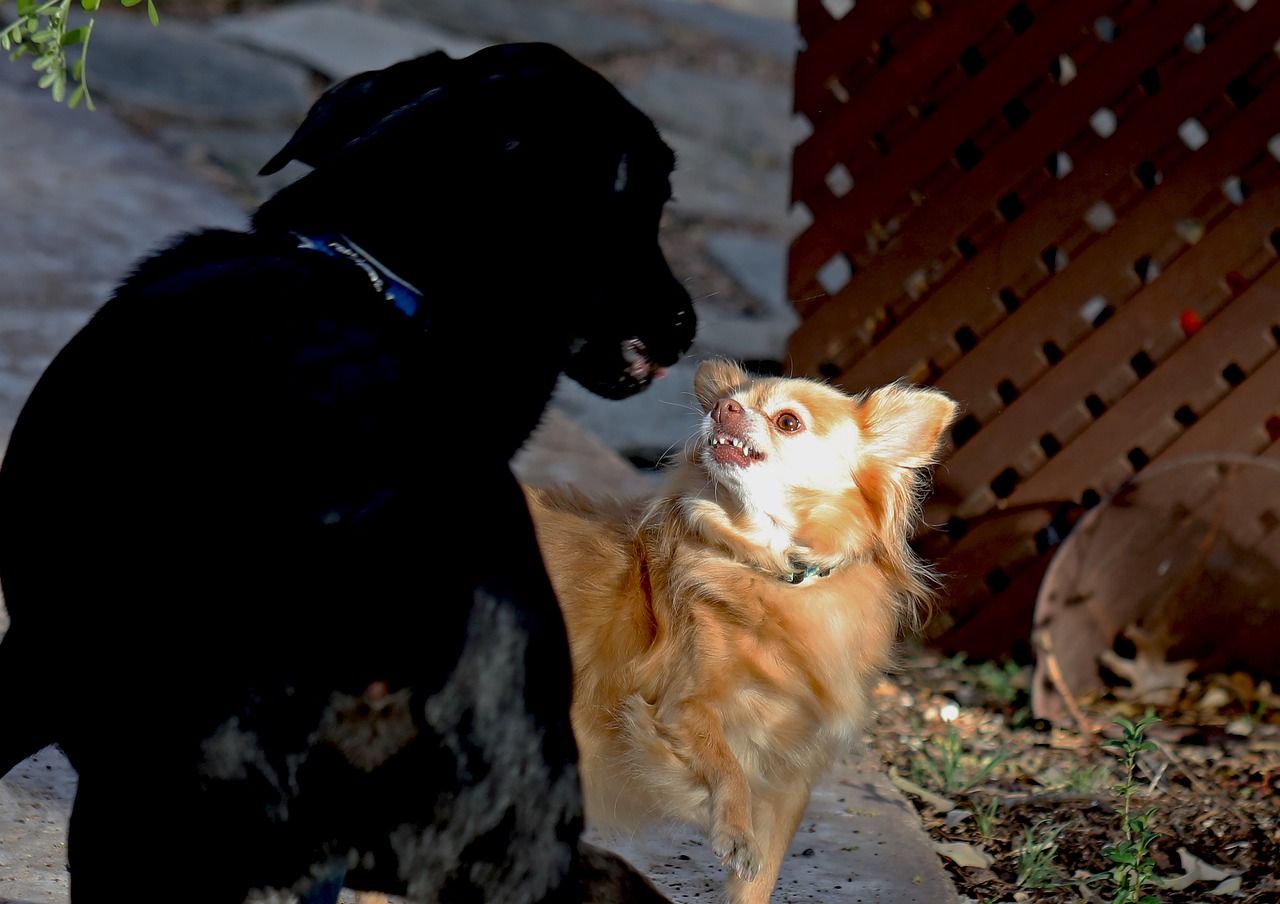
Intra-household dog aggression is not an uncommon problem among dog owners. It can lead to permanent separation or even euthanasia. This article aims to highlight some of the common signs of intra-household dog aggression and give you tips on how to combat them.
First, understand the causes of this problem. Aggression between canines can be a sign of a number of issues, including anxiety, impaired social communication, and fear. Often, the problem dog may be the aggressor. Identifying the aggressor and reversing the situation will prevent further problems.
Next, recognize the triggers. Some of these triggers include separation anxiety or changes in the environment. Taking steps to remove these stresses can help alter the dog’s behavior. If this isn’t possible, consider consulting a force-free behavior professional to help you.
The most common cause of inter-dog aggression is another dog in the same household. Two dogs may live peacefully together for years before problems arise. Inappropriate early socialization of the dogs and some kind of mistreatment by a third party do not cause the problem. These problems reflect a natural change in social animals as they mature. The younger dog, for example, may challenge the older one.